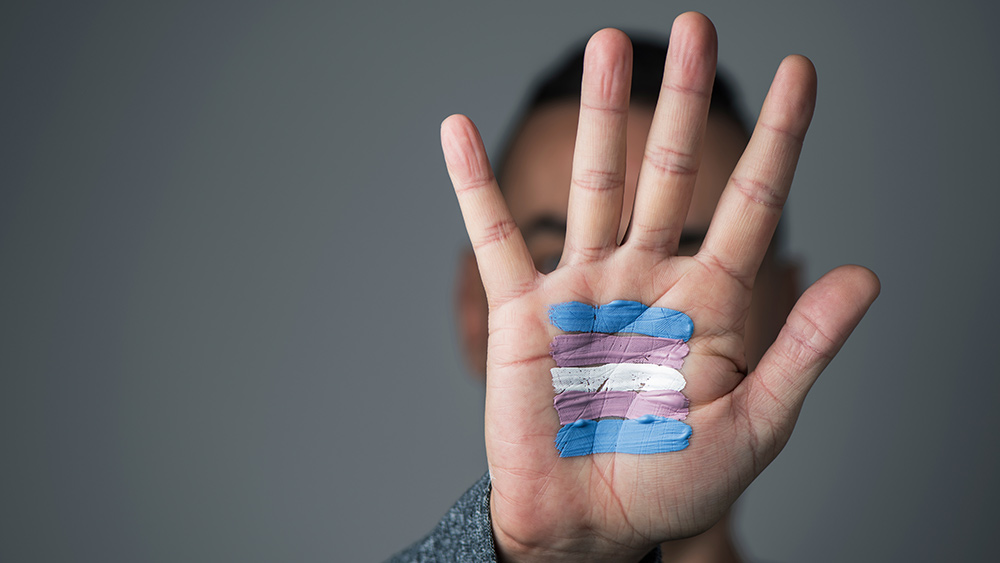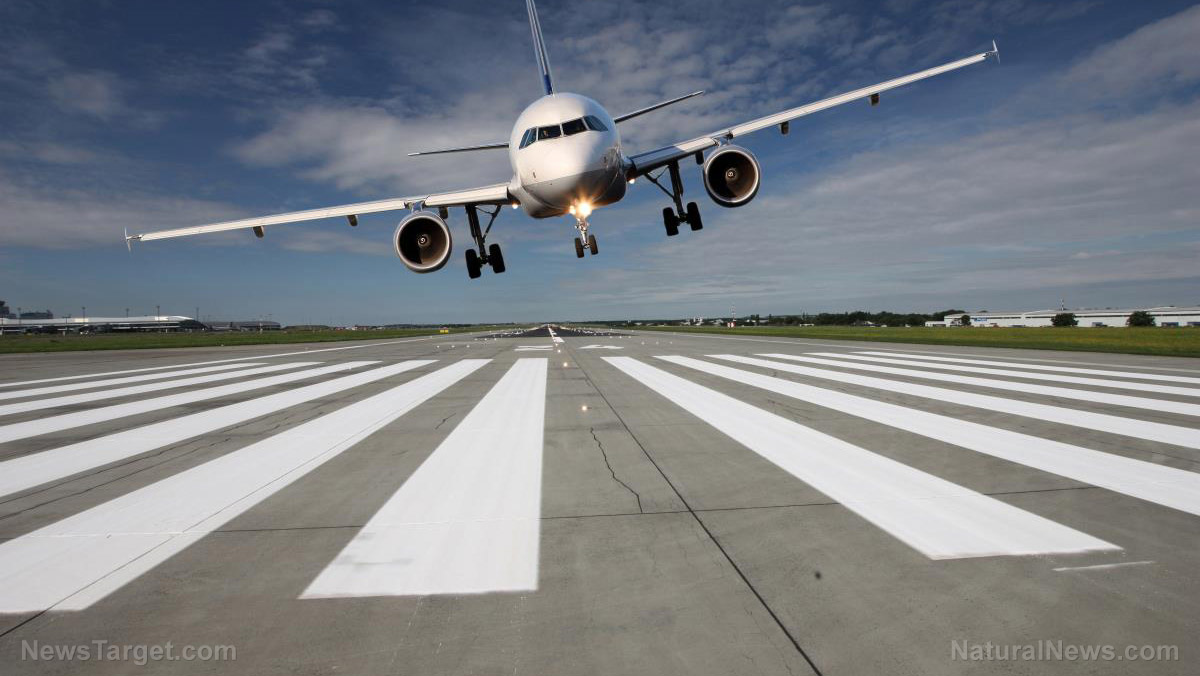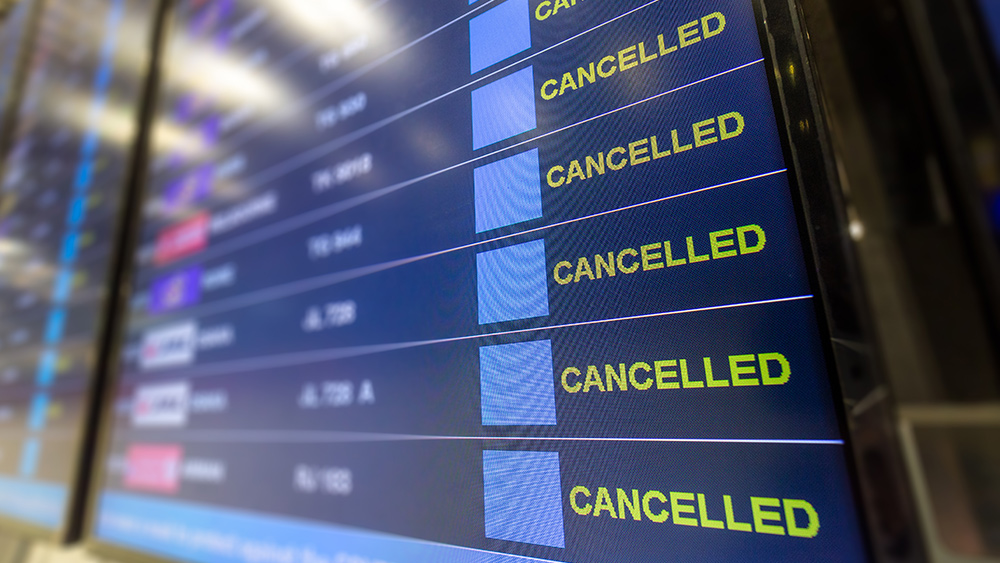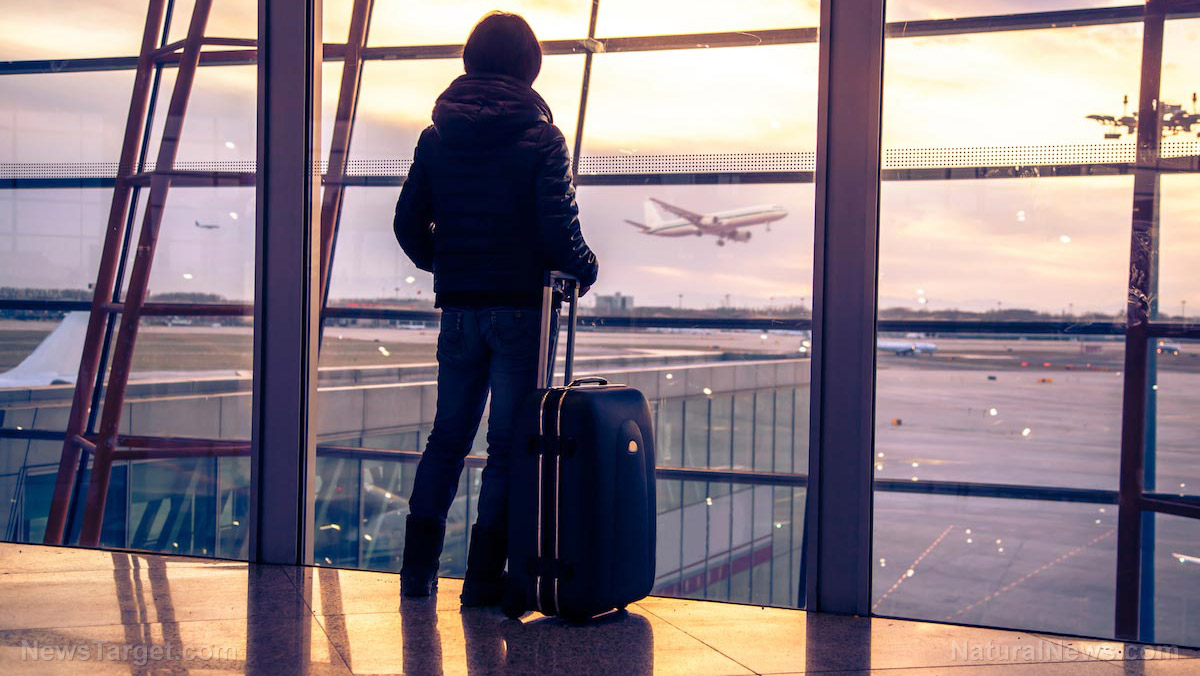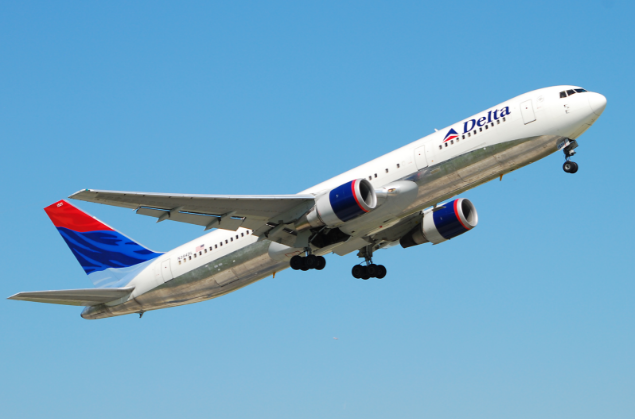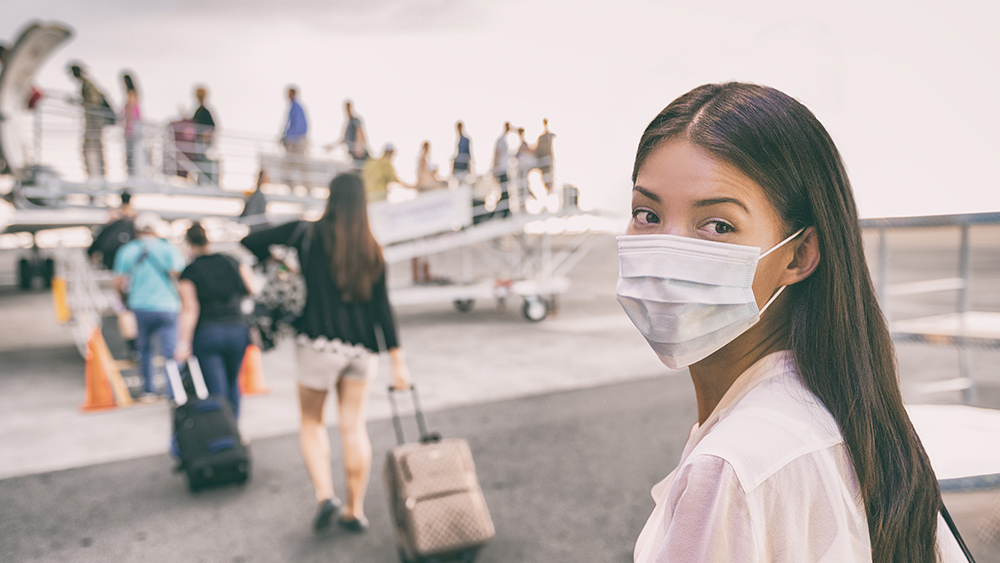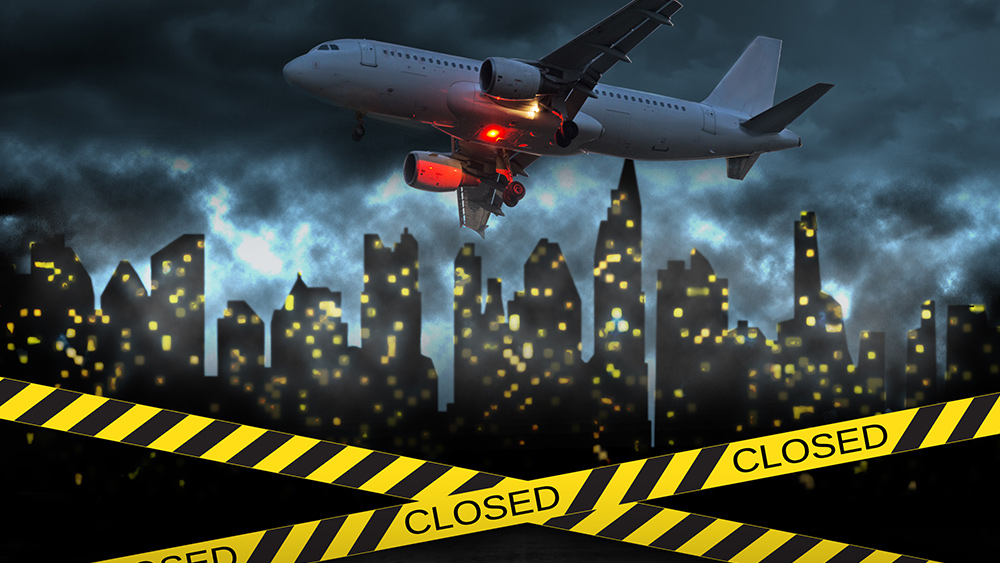
Hong Kong authorities have confirmed that a number of people infected with the Wuhan coronavirus (COVID-19) had flown into the territory in recent days. These incidents highlight the challenges of controlling the pandemic while governments attempt to safely reopen borders.
According to Hong Kong authorities, the travelers confirmed to have the coronavirus included one passenger traveling on a Cathay Airways flight from Manila, another on a Cathay Dragon flight from Kuala Lumpur and 45 passengers on Emirates flights from Dubai. The travelers from Manila and Kuala Lumpur were diagnosed with COVID-19 before they traveled; meanwhile, the passengers on the Emirates flight – including some who had come from Pakistan – were either confirmed or probable cases.
All arrivals from high-risk areas are sent to 14-day quarantine centers in Hong Kong.
Passengers had tested positive before flying
For the Emirates flight, documents issued by Hong Kong's Centre for Health Protection (CHP) show that many of the infected passengers had actually come from Pakistan.
The passenger on the Cathay Pacific flight was a 58-year old man who had tested positive in the Philippines before boarding the flight to Hong Kong. Meanwhile, the infected passenger on the Cathay Dragon flight was a 39-year old woman returning from India via Malaysia. She declared, after landing, that she had tested positive and had been treated for the coronavirus in India last month.
The CHP, which advises against travel outside of Hong Kong, stated that it was in contact with authorities in both the Philippines and India to obtain more information about these cases. Meanwhile, Emirates has stated that it was temporarily suspending passenger services from Pakistan.
The arrivals are not likely to be isolated cases. While a number of countries, such as Australia, have stated that their borders will likely remain closed for the rest of the year, others are working to allow more international flights. (Related: Coronavirus spreads to Ecuador and the Republic of Ireland, both from passengers who flew commercial airlines.)
Stopping the virus from hitching a ride on planes requires more cooperation
The cases of infected travelers underscore the risks of easing travel restrictions while the pandemic continues to spread around the globe. Airlines, many propped up by government bailouts, have been lobbying to get their planes back in the air as they face more than $84 billion in losses this year.
The International Air Transport Association (IATA) – a trade association representing over 300 airlines worldwide – has recommended steps such as checking passengers' temperatures at airports and wearing face masks to protect passengers and crew from infection.
Last week, the IATA outlined recommendations for COVID-19 testing, saying that it would ideally be before arriving at the airport and within 24 hours of travel. If testing is required for travel, then not only should it be done before departure, but governments would also need to mutually recognize test results.
The incidents in Hong Kong, however, demonstrate that airline passengers can bypass voluntary requirements and that airlines can do little to stop them.
“Taking temperatures and having passengers wear masks on flights are steps we can do to ensure the virus doesn’t spread,” Korean Air Lines said in a statement. “For measures to be put in place to ensure infected passengers don’t fly, it has to be done by the authorities and it’s not something an airline like us can do on our own.”
During an online conference hosted by the Hong Kong Tourism Board, IATA Director General Alexandre de Juniac reiterated that more collaboration between governments is needed. He stated that it doesn't work for countries to impose and lift border restrictions unilaterally.
Not everyone agrees with the sentiment. A spokesman for the Philippine Bureau of Immigration said that it was not the agency's job to check health clearances.
“We only check the passport and boarding pass,” spokesman Melvin Mabulac said.
Follow Pandemic.news to learn more about how the coronavirus is affecting global travel.
Sources include:
Please contact us for more information.










